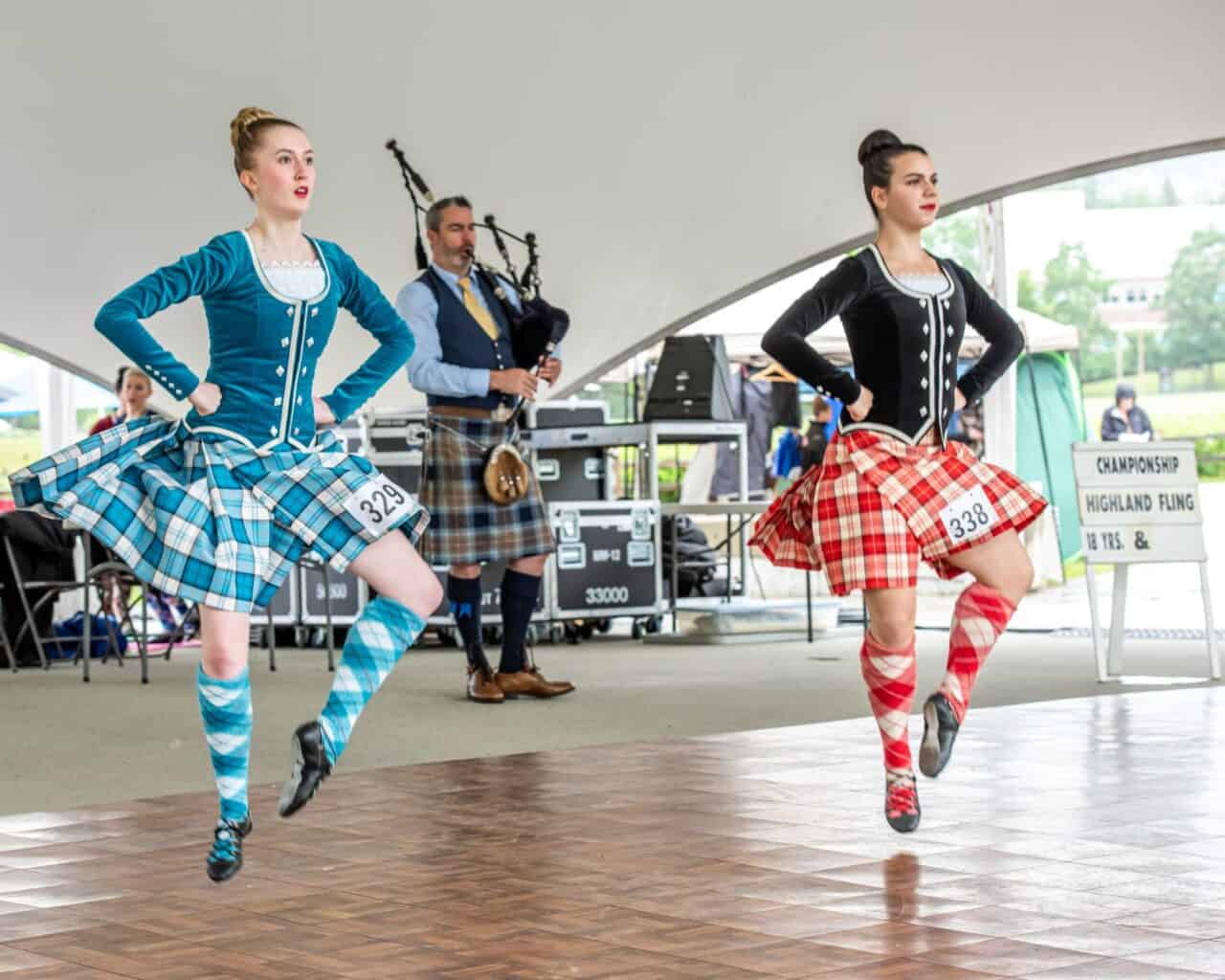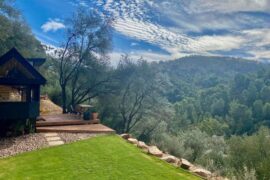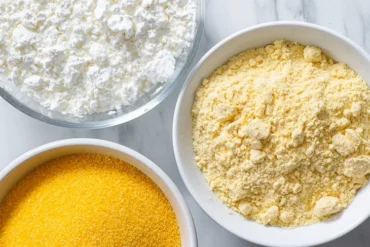A Parent’s Ultimate Guide to Highland Dancing for Kids: Embrace the Tradition!
Hey there, awesome parents! Are you on the lookout for a fun, cultural, and physically engaging activity for your little ones? If you’ve ever been enthralled by the sight of dancers in colorful tartan, soaring gracefully to the sound of bagpipes, then you’re ready to dive into the spectacular world of Highland dancing!
Perfect for kiddos with a love for rhythm and movement, Highland dancing is more than just an art; it’s a celebration of Scottish heritage that comes loaded with health benefits and life skills. We’re excited to help you explore how your family can become a part of this lively tradition!
What Is Highland Dancing?
Before we leap (quite literally!) into the specifics, let’s get a quick jig on what Highland dancing actually is. Highland dancing is a competitive and technical form of dance with roots deep in the history of Scotland. Think of it as the rhythmic cousin to Scottish country dancing, but with a focus on solo performances that showcase strength, agility, and precision.
Unlike other dance forms, Highland dancing is often performed at public events and competitions, including Highland games and gatherings around the globe. It features a variety of dances, some of which tell stories or mimic historical battlefield prowess. Ready to see your child transformed into a brave Highland warrior or a graceful Scottish maiden through dance? Keep reading!
The Benefits of Highland Dancing for Children
Why should Highland dancing be on your radar for extracurricular activities? Let’s count the ways:
- Physical Fitness: It’s an exceptional aerobic workout that improves cardiovascular health, strengthens muscles, boosts coordination, and increases flexibility.
- Discipline and Focus: Practicing the intricate steps and formations demands concentration and commitment, fostering these important skills in young dancers.
- Cultural Awareness: It’s a beautiful way to connect with Scottish heritage and understand the significance of cultural traditions.
- Social Skills: Although individual performance is key, Highland dancing is very much a community-oriented activity, making it wonderful for building friendships and social interactions.
- Confidence Building: Participating in performances and competitions can do wonders for a child’s self-esteem and public speaking abilities.
- Entertainment: Above all, it’s simply fun! The music, the costumes, the history—it’s an enjoyable experience for dancers and audiences alike.
Getting Started with Highland Dance: Classes and Attire
Feeling the call of the bagpipes yet? Here’s how to get your child started on their highland dancing journey:
Finding the Right Dance School or Instructor
It’s essential to find the right environment and instructor to nurture your child’s interest in Highland dance. Look for a dance school or instructor specializing in Highland dance with a strong reputation, positive reviews from other parents, and the appropriate certification.
The Highlander’s Wardrobe
One cannot simply Highland dance in jeans and sneakers. Traditional clothing, known as Highland dress, is an integral part of the dance, especially for performances and competitions. Initially, for practice, comfortable workout clothes will do just fine. However, as your child progresses, you’ll want to invest in:
- Kilts: The iconic plaid skirt is not just for aesthetics; it’s a symbol of Scottish pride.
- Ghillies: These are the soft shoes used in Highland dancing, akin to ballet slippers but designed specifically for the dance’s movements.
- Hose and Flash: Knee-high socks and accompanying flashes (band of fabric that hangs from the fold of the sock) complete the traditional look.
- Blouses and Jackets: Girls typically wear a velvet or tartan jacket with a blouse, while boys wear a shirt with a waistcoat or a jacket.
So, there you have it—not only can Highland dancing be a wildly entertaining and healthy activity, but it can also serve as a bridge to Scotland’s hearty traditions and history. Stay tuned as we continue our guide in the next section, where we’ll delve deeper into the different types of Highland dances, preparation for competitions, and fostering a love of dance in your children that lasts a lifetime!

Five Things Parents Should Know in Preparing for Highland Dances
As you embark on this exciting journey with your child, here are five essential things to keep in mind:
- Understand the Commitment: Highland dancing requires regular practice to master the techniques and routines. Make sure you and your child are ready to commit to classes, practice sessions, and events.
- Incorporate Practice at Home: Beyond classes, encourage your child to practice at home. Create a safe space for them to rehearse, and consider investing in practice mats or a wooden floor area.
- Get Involved with the Highland Community: This dance form thrives on community spirit. Attend events, join parent committees for dance schools, and immerse your family in the Highland culture.
- Prepare for Competitions: If your child shows an interest in competing, understand the process and requirements. Attend competitions as a spectator first to familiarize yourself and your child with the environment.
- Emphasize Enjoyment Over Winning: While competitions are exciting, the primary goal should be for your child to enjoy dancing. Never put undue pressure on them to win; instead, encourage them to do their best and have fun.
It’s amazing to think how strapping on a pair of ghillies can open up a world of tradition, fitness, and fun for your child. As they spin, leap, and tap their way through the intricate steps of Highland dances, they’re not just practicing a routine; they’re stepping into a living legacy that stretches back through the mists of Scottish history. With your support and the information in this guide, you’re well-prepped to help them make the most of this exceptional experience.
And who knows? Perhaps, as you watch them flourish in kilts and tartans, you might find yourself tapping along, caught up in the spirited rhythms of the Highlands. After all, Highland dancing isn’t just for the young—it’s a treasure to be shared by all ages, bringing families together in a joyous celebration of culture and art.
Stay tuned as the guide unfolds, providing you with deeper insights on the importance of choosing the right competitions, tips on supporting your child through the ups and downs of training, and, ultimately, how to keep that love of Highland dancing burning bright for years to come. Because in the end, it’s all about creating joyous memories and a rich appreciation for one’s heritage, all while having a fantastic time!




